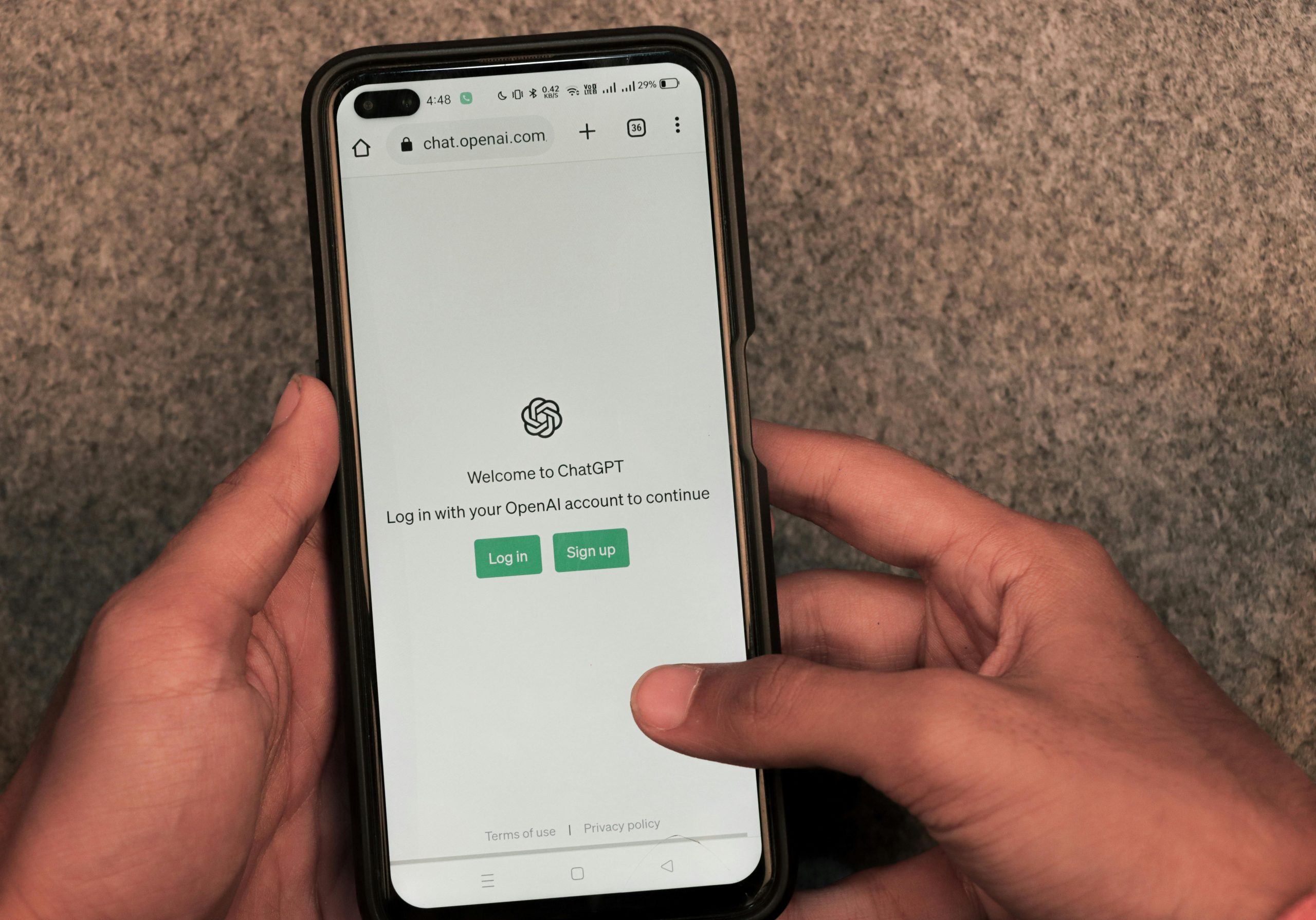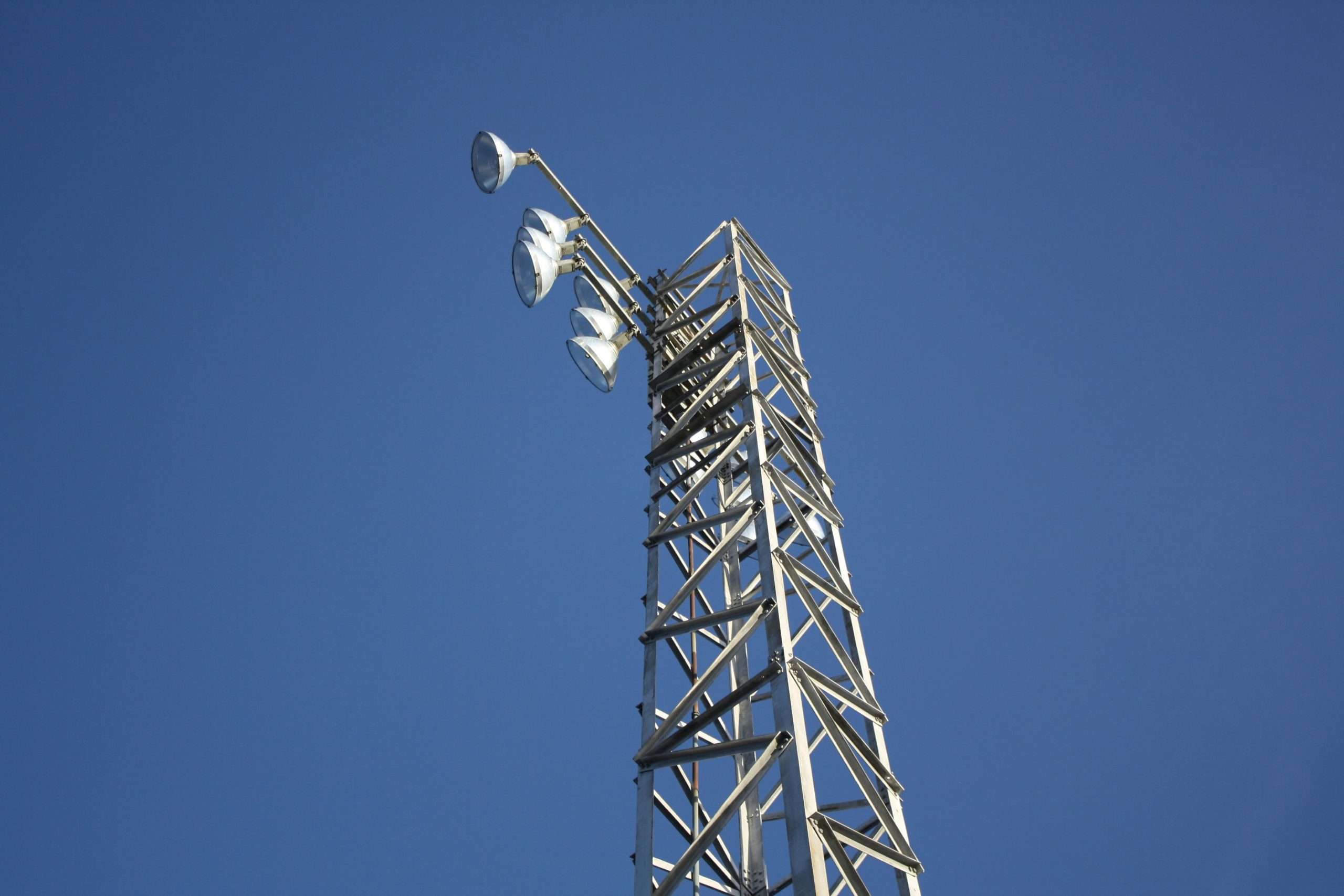
Scope and Scale: The Attack Surface That Kept IT Up All Night
When an exploit is confirmed to be active and carries a CVSS score of 9.8 (Critical), the first question everyone asks is: “How many of us are actually sitting on a lit fuse?” Quantifying the exposure was the most high-stakes task of the week.
Estimates of Internet-Exposed Attack Surfaces
Quantifying the total number of potentially vulnerable endpoints was a primary, high-stakes task immediately following the emergency alert. Leveraging specialized search engines designed to probe the public internet for specific service banners and open ports—like those configured for WSUS communication—researchers were able to generate an estimate of the initial exposure. These preliminary internet-wide surveys indicated a global population of approximately eight thousand servers actively broadcasting the WSUS service ports (8530/8531) to the wider internet. This number, while large, represented only the most easily discoverable targets. It did not account for internal-only WSUS servers that might be exposed via misconfigured internal network segmentation or compromised through other, prior attack vectors.
The initial findings were alarming enough to fuel the urgency of the response, as this represented a significant, accessible footprint of critical infrastructure entrusted with managing security patches for thousands of downstream corporate assets. The sheer scale suggested that even a small percentage of successful exploitation across this broad base would represent a major global security incident. CISA immediately added CVE-2025-59287 to its Known Exploited Vulnerabilities (KEV) Catalog, demanding federal agencies address it by November 14, 2025.
The Significance of the Windows Server Update Service Deployment. Find out more about WSUS vulnerability deserialization attack vector.
The reason this particular service became such a high-value target lies in its inherent architectural importance within any sizable Windows-based enterprise. WSUS is not a peripheral application; it is a core administrative function designed for centralized patch management and compliance enforcement. A successful compromise of the WSUS server grants an attacker not just a foothold, but the administrative keys to the kingdom of system patching.
From this vantage point, an adversary could potentially orchestrate a widespread, synchronized deployment of backdoors or ransomware across an entire organization by issuing a seemingly legitimate, but actually malicious, update package to all connected client machines. The ability to set the deployment deadline for this malicious payload provided a window of opportunity to execute an attack at a precise, coordinated moment across the entire corporate network. Therefore, the vulnerability in WSUS transcended simple remote code execution; it represented a ‘wormable’ capability in a management context, allowing a single point of compromise to cascade into systemic, enterprise-wide failure, making its protection the absolute highest IT priority.
This “wormable” nature—the potential for one compromised server to infect others communicating with it—is what elevated this from a standard RCE to a true infrastructure-level emergency. It bypasses the need for phishing campaigns or complex multi-stage attacks; if you talk to a compromised WSUS box, you are potentially compromised too. The security posture of the update mechanism is, effectively, the security posture of the entire fleet.
The Immediate Fallout: The Digital Ecosystem Under Siege
The chaos wasn’t limited to the server administrators. When the primary distribution tool for security itself becomes the exploit target, the entire support structure built around it breaks under the strain.. Find out more about WSUS vulnerability deserialization attack vector guide.
Ripple Effects Across the Digital Ecosystem (Expanded)
The fallout from an emergency software update of this magnitude invariably extends beyond the immediate end-user base. The entire digital ecosystem, including third-party security providers, managed service organizations, and compliance auditors, felt the immediate pressure to react. Security firms specializing in threat detection and response had to rapidly update their own detection signatures, reconfigure their monitoring rulesets, and issue their own alerts to clients, often analyzing the malicious scripts themselves to build robust countermeasures against the observed attack patterns. For managed service providers, this meant initiating crisis communication protocols with all their clients simultaneously, often coordinating patching efforts across dozens or even hundreds of disparate customer environments under intense time constraints.
Consider the third-party security researcher who first noticed the abnormal behavior on October 24th, as reported by organizations like Eye Security—they weren’t just reporting a finding; they were immediately triaging an active campaign targeting an unnamed customer, watching a Base64-encoded payload execute via cmd.exe. The speed of this real-world execution demanded an equally fast response from everyone else. The event also placed a temporary, intense strain on the support channels of the software vendor itself, as an influx of technical queries regarding the emergency patch superseded all other incoming support requests. The entire industry shifted into a reactive posture, proving that the security posture of one major enterprise component can effectively dictate the operational tempo for countless other organizations dependent upon that technology stack.
Impact on Third-Party Security Vendors and Services (Expanded)
The ongoing nature of exploitation, even after the initial emergency fixes, significantly impacted the operational tempo and service offerings of external security entities. Vendors that provide endpoint detection and response capabilities, for example, were tasked not only with detecting the initial compromise attempt but also with identifying any secondary actions taken by the threat actor using the network enumeration commands. Their threat intelligence teams worked around the clock to analyze the exfiltration methods and command structures being observed in the wild, translating these ephemeral details into actionable signatures for their installed customer bases.
Furthermore, the event cast a spotlight on the effectiveness of existing vulnerability management programs. Auditors and compliance officers suddenly had a tangible, high-profile case study to review the efficacy of their clients’ patch management policies, particularly questioning why systems remained exposed long enough for an actively exploited flaw to become a reality on their networks. This secondary scrutiny often led to immediate, unscheduled internal audits of patch deployment speed and coverage percentages across entire client portfolios. This incident served as a real-time stress test on the efficacy of established processes, separating mature security operations from those merely going through the motions.. Find out more about WSUS vulnerability deserialization attack vector tips.
The Way Out: Remediation Pathways and Future Policy Evolution
Once the panic subsides, the hard work begins: cleaning up the mess and ensuring this specific flavor of disaster never happens again. The path forward involves immediate triage, forensic verification, and a fundamental philosophical shift in architecture.
Actionable Guidance for System Administrators
The direct, immediate path to security centered on a precise sequence of administrative actions designed to halt the ongoing exploitation of the system. This was not optional reading; it was a lifeline. Here is the mandatory sequence:
- Identify: Administrators first required the ability to accurately identify which of their servers were configured with the target WSUS server role enabled, effectively isolating the scope of the immediate threat.. Find out more about WSUS vulnerability deserialization attack vector strategies.
- Patch: Application of the out-of-band security update package, released on the twenty-third of October, was mandatory. This package contained the definitive code corrections necessary to neutralize the deserialization vulnerability across all affected platforms.
- Reboot: Crucially, the process was explicitly incomplete until the final step: a system restart was required for the operating system kernel and the associated services to fully integrate the new security logic into their running state.
- Never Trust the First Fix: Always budget time for post-patch validation scanning, especially for high-severity, zero-day adjacent issues.
- Check Your Exposure: If you use WSUS, immediately confirm ports 8530/8531 are blocked at the firewall level if the server is not intended to be internet-facing.
- Architect for Failure: The next step isn’t a better patch schedule; it’s better architecture. Explore principles like zero trust architecture to minimize the blast radius if one central service is compromised.
- Audit the Dependencies: Your vendor’s security maturity is now your security maturity. Rigorously audit any vendor whose product acts as a central update or management distribution point.
For those unable to patch instantaneously, a short-term countermeasure involved disabling the WSUS service entirely, accepting a temporary cessation of routine internal updates to prevent external remote code execution until the permanent software solution could be safely rolled out and verified on the servers. Microsoft and CISA were clear: do not undo workarounds until the final patch is installed.
The Necessity of Enhanced Post-Patch Verification
Beyond simply applying the patch and rebooting, sophisticated security hygiene in the wake of such a critical incident demands rigorous post-remediation verification. This involves actively probing the updated system to confirm that the vulnerability is, in fact, closed and that no residual backdoors were planted by attackers during the window of exposure. Security teams were advised to utilize internal vulnerability scanners configured specifically to test for the presence of the exploitation vector, confirming that the initial entry point was sealed. Furthermore, comprehensive forensic sweeps of the system logs, particularly the IIS worker process logs and the WSUS service event logs, were essential to search for any evidence of prior successful exploitation, such as the execution of unauthorized PowerShell commands or unexpected outbound network connections to unknown external addresses.. Find out more about WSUS vulnerability deserialization attack vector overview.
This deep-dive verification process is what distinguishes a merely compliant posture from a genuinely secure one, ensuring that the system is not only fixed but also demonstrably clean of any previous compromise that may have occurred before the emergency notice was distributed. Forensics in this case meant looking for the specific traces of the observed attack, such as unusual calls to cmd.exe spawned by the worker process.
Long-Term Strategic Shifts in Update Management Philosophies
This high-profile emergency is certain to precipitate a fundamental re-evaluation of how organizations approach the deployment and management of critical server roles like WSUS. The realization that a component designed for security maintenance could itself become the most significant threat vector necessitates a significant shift towards defensive architectural principles. Security by default, rather than security by configuration, will likely become the prevailing mantra.
This will translate into a far stricter enforcement of network segmentation, ensuring that core management services like WSUS are virtually invisible from the public internet and shielded behind multiple layers of access control, even within the internal corporate network. If your WSUS server is accessible via ports 8530/8531 from the internet, you are playing a game of Russian Roulette with an already spinning chamber. The reliance on an optional server role being “disabled by default” is now understood to be an inadequate safety net, prompting organizations to adopt a “deny-by-default” posture for all non-essential services, regardless of the vendor’s initial installation parameters.
For the forward-thinking organization, this is the time to accelerate adoption of a zero trust architecture. As security experts note, moving away from static perimeter-based security to dynamic, asset-based security is the only way to handle the complexity of modern threats.
Recommendations for Hardening Future Infrastructure Components. Find out more about Emergency out-of-band Windows update patching definition guide.
Looking ahead, the lessons learned from this incident point towards an increased focus on hardening the execution environment for all core services. Future infrastructure planning must incorporate rigorous controls over data serialization across all bespoke and vendor-supplied applications, likely through mandatory use of validated, hardened serialization libraries or the adoption of data interchange formats that preclude dangerous deserialization attacks altogether.
Furthermore, the industry is likely to see an accelerated adoption of automated security validation tools that perform real-time penetration testing against management services immediately following any update or configuration change, rather than relying solely on retrospective analysis or standard compliance checks. This proactive, automated validation will be crucial to preventing a recurrence where a patch, intended as a solution, inadvertently preserves a critical pathway for exploitation. The entire event serves as a stark reminder that in the constantly evolving threat landscape, the security of the update mechanism itself is as vital as the security of the endpoints it serves.
Conclusion: Beyond Compliance, Towards Resilience
The WSUS emergency patch cycle of October 2025 wasn’t just a technical footnote; it was a loud, expensive siren call for the entire IT security apparatus. We learned that a reliance on scheduled updates can breed complacency, and that even the most critical system roles can harbor latent, catastrophic flaws waiting for the right trigger—in this case, an obsolete deserialization function.
Key Takeaways & Actionable Insights:
The real work starts now. Did your team scramble? Did you successfully verify the fix before the hackers did? Share your most critical takeaway from this massive October scare in the comments below—let’s turn this reactive crisis into proactive, lasting resilience.










